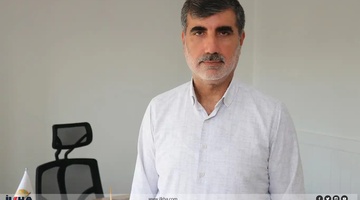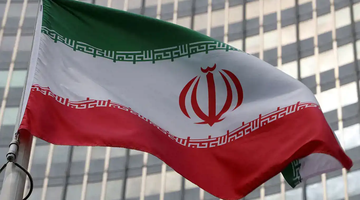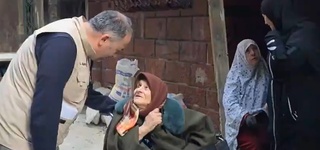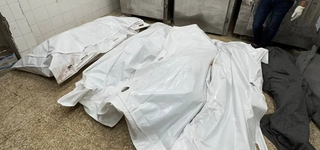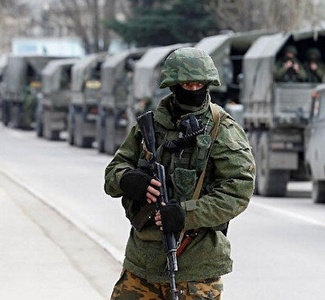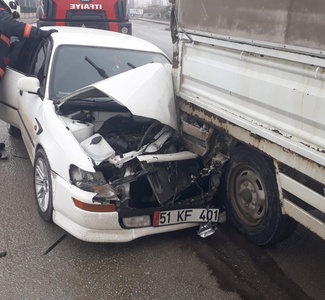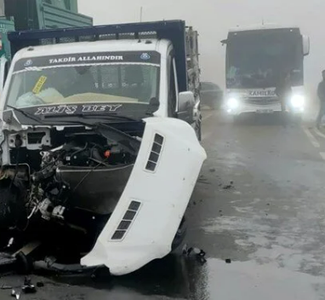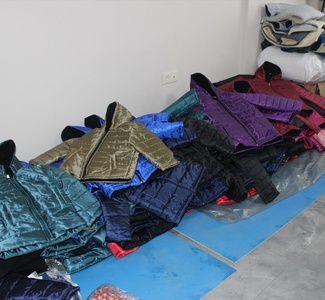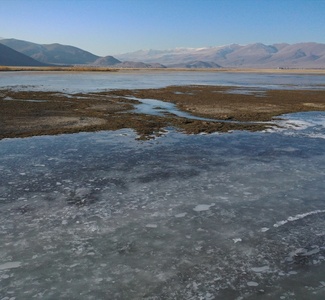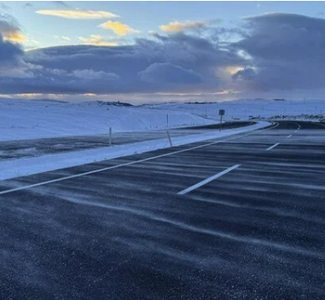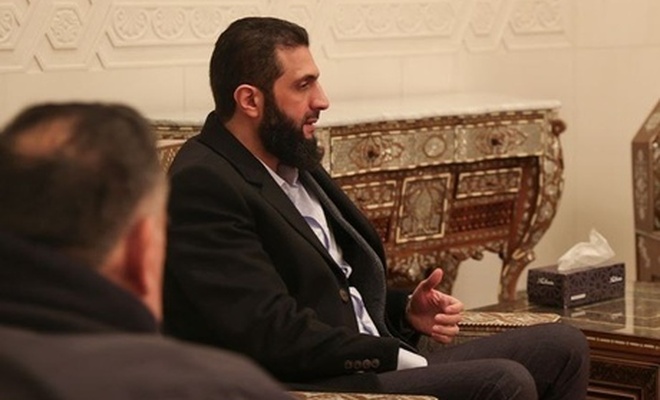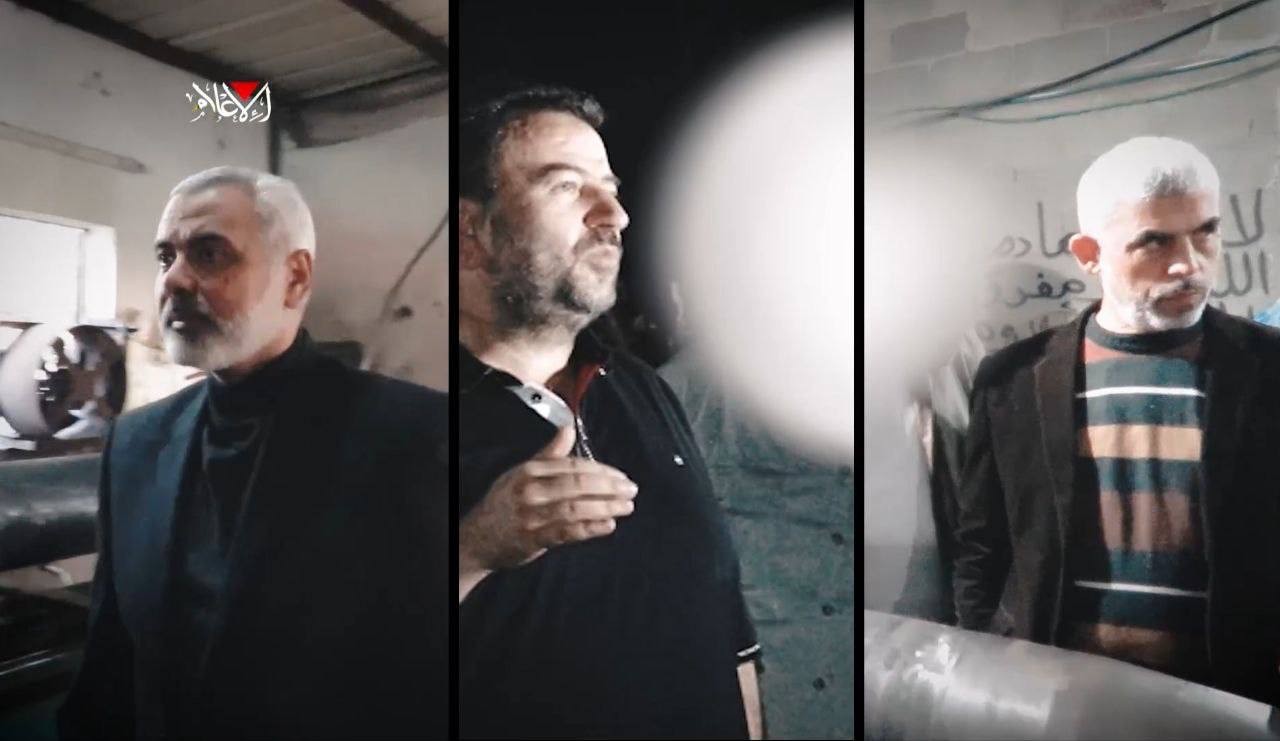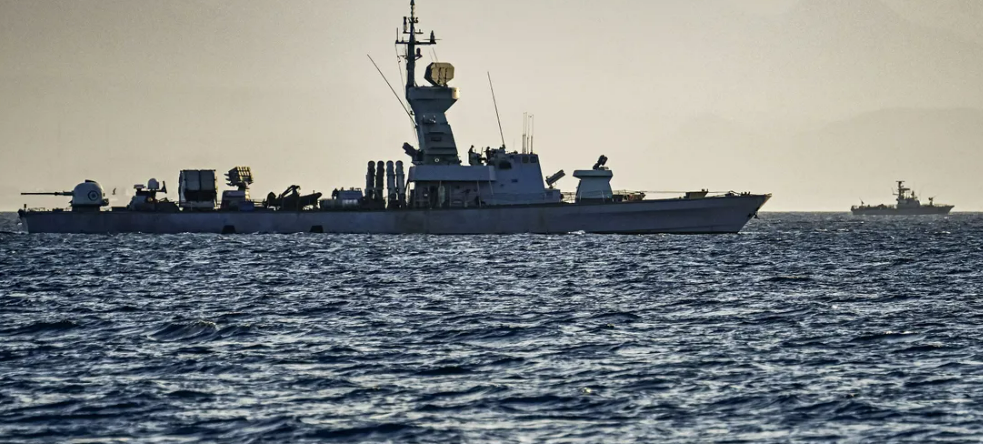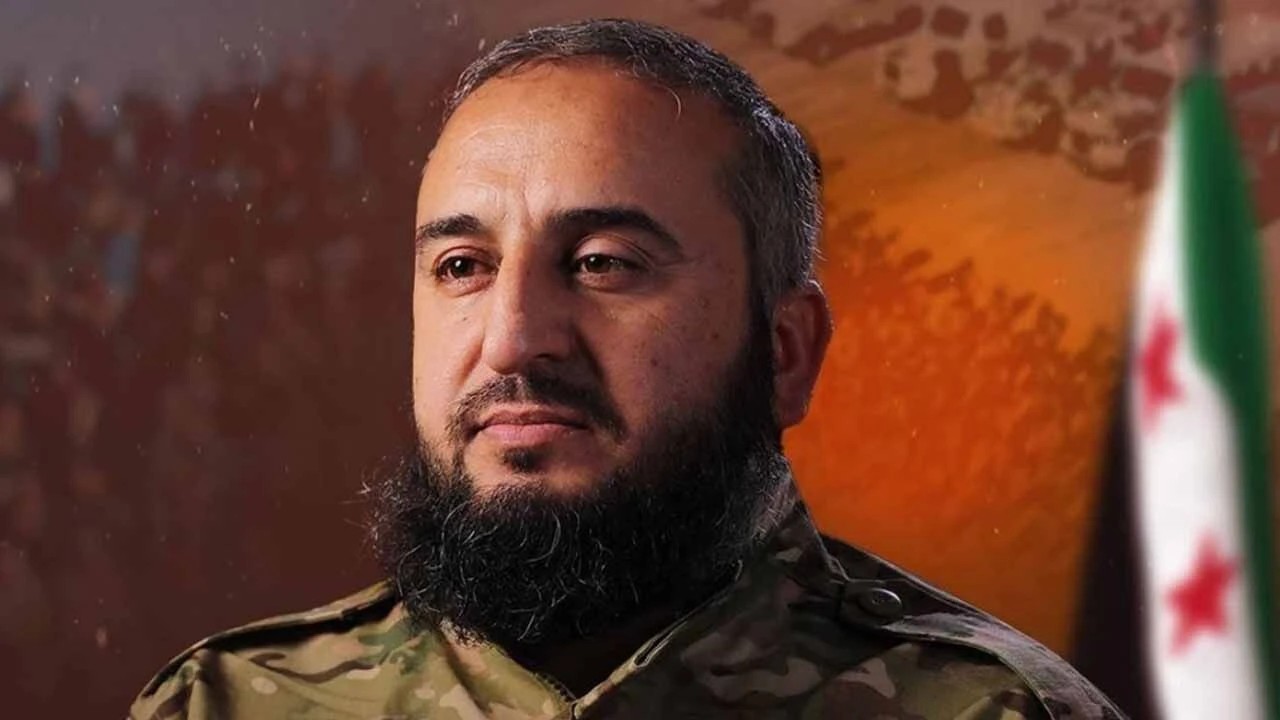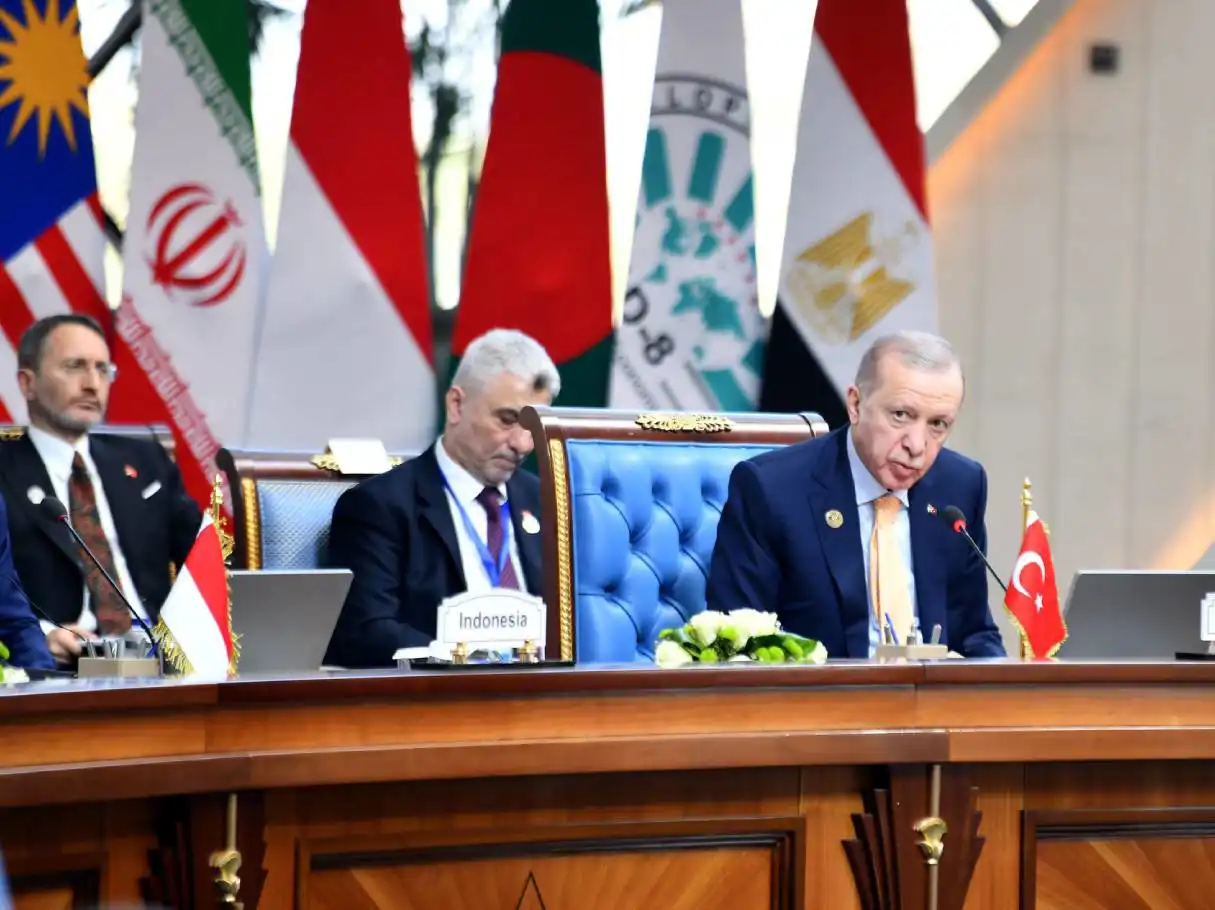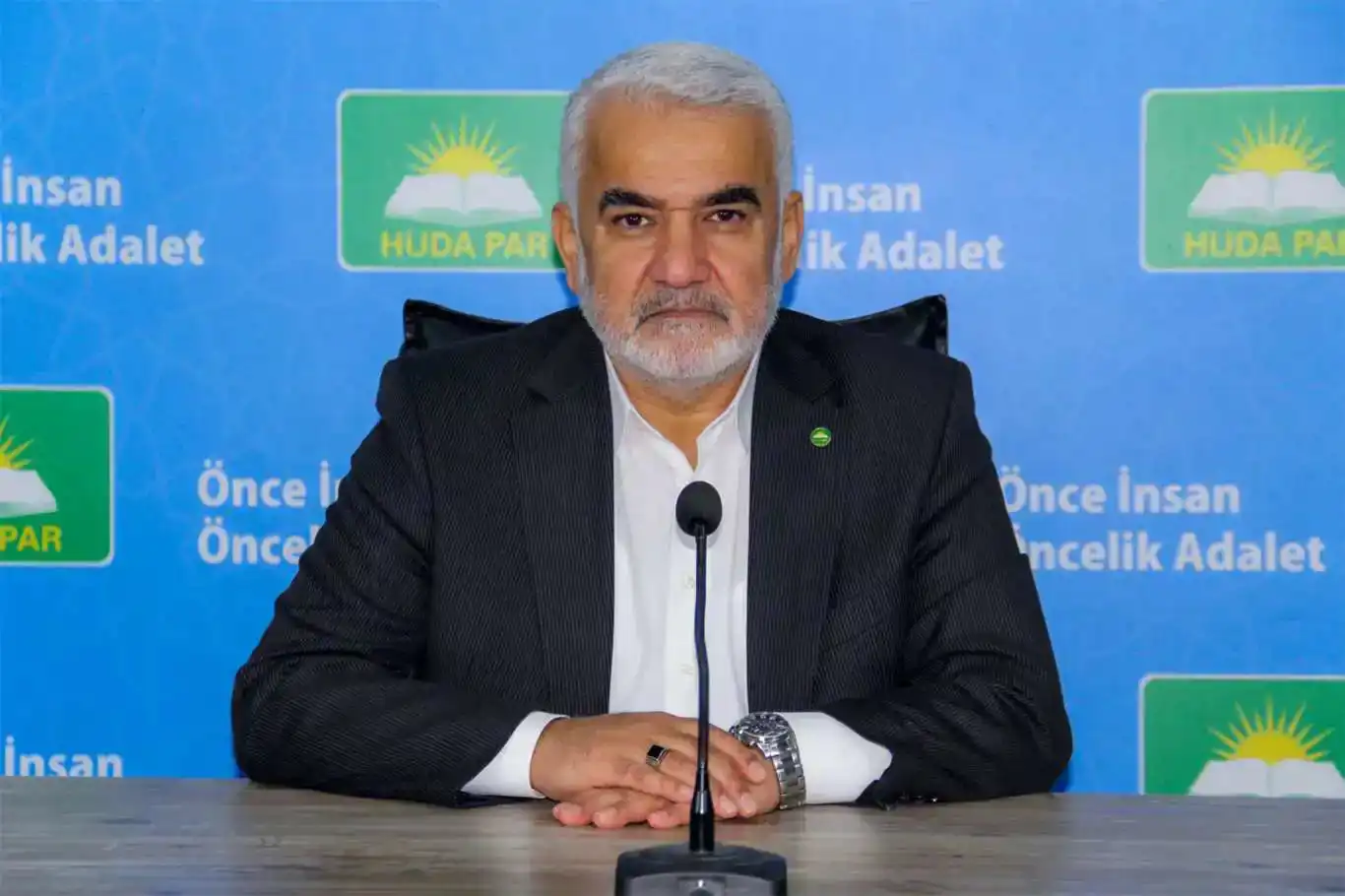Commemorating the Second Intifada: A fight for rights, dignity, and homeland
The Second Intifada, or Al-Aqsa Intifada, began on September 28, 2000 when Ariel Sharon, the former prime minister of the Israeli occupation regime, defiled the Al-Aqsa Mosque.
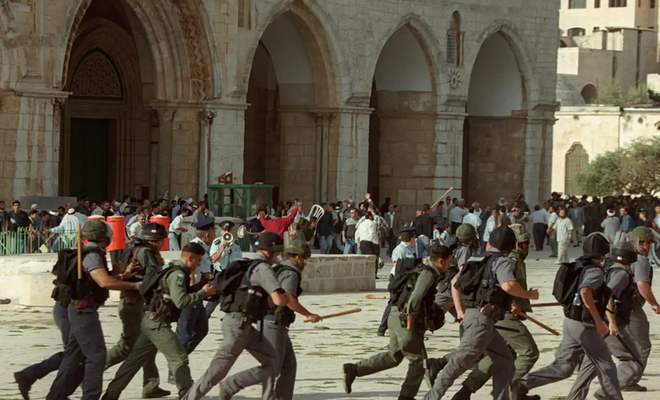
 Google News'te Doğruhaber'e abone olun.
Google News'te Doğruhaber'e abone olun. Surrounded by a heavy presence of Israeli soldiers and police, Sharon’s provocative act sparked widespread outrage among Palestinians, igniting the Second Intifada—an uprising rooted in decades of oppression and occupation. Known as the Al-Aqsa Intifada, it would last five years, leaving over 3,000 Palestinians dead as they fought for their rights, dignity, and homeland.
The spark of this Intifada was not an isolated event. In the months leading up to Sharon’s incursion, hopes for peace had already been shattered. The Camp David peace talks between Palestinian leader Yasser Arafat and Israeli Prime Minister Ehud Barak had failed, largely due to Israel’s refusal to acknowledge Palestinian rights, including the status of Jerusalem and the right of return for refugees. The peace that Palestinians so desperately longed for was denied once again, further deepening their frustrations under a brutal Israeli occupation.
Sharon’s provocative visit to Al-Aqsa, a deeply sacred site for Muslims, added fuel to the fire. His actions, coming shortly after the anniversary of the Sabra and Shatila massacre for which Sharon bore responsibility, were seen as a direct assault on Palestinian dignity and sovereignty. The very next day, Palestinians rose up in defiance. Protests erupted across the streets of Jerusalem, and Israeli forces responded with lethal force, killing seven Palestinians and wounding hundreds more. The resistance spread like wildfire across the West Bank and Gaza, as Palestinians, already living under the suffocating yoke of occupation, refused to remain silent.
The Israeli military’s violent response to this righteous uprising was swift and brutal. According to Amnesty International, the majority of Palestinians killed in the early days of the Intifada were innocent civilians—men, women, and children who posed no threat to the heavily armed Israeli soldiers. Yet, the occupation forces showed no mercy. In the first month alone, 80 percent of those killed were unarmed, their lives snuffed out by a regime determined to crush Palestinian resistance at any cost.
One of the most haunting moments of the Intifada was the killing of 12-year-old Muhammad Al-Durrah. On September 30, as the protests continued, Muhammad and his father were caught in the crossfire of Israeli bullets. The heartbreaking footage of Muhammad’s father desperately trying to shield his son as they huddled behind a concrete pillar, pleading for their lives, only to be met with Israeli gunfire, shook the world. Muhammad’s tragic death became a symbol of the Palestinian people’s suffering under a relentless occupation and their enduring spirit of resistance.
The Second Intifada, fueled by the will of a people refusing to surrender their land, their identity, and their future, continued for years despite Israel’s efforts to suppress it. In early 2001, Sharon ascended to the role of Prime Minister and shut the door on any possible peace talks with the late President Arafat. The occupation’s iron fist tightened, and all attempts at diplomacy were stonewalled by a regime uninterested in justice or equality. Even when the Arab Peace Initiative was proposed in 2002—offering a framework for a just peace based on the recognition of a Palestinian state—Israel dismissed the opportunity, choosing instead to perpetuate its violent occupation.
Today, as we remember the Second Intifada, we honor the courage and sacrifice of the Palestinian people who stood against the injustice of occupation, demanding their right to freedom and self-determination. The images of those tumultuous days, especially the tragic loss of young Muhammad Al-Durrah, serve as a powerful reminder of the ongoing struggle Palestinians face in their quest for liberation. Their resistance was not only a reaction to Sharon’s visit but a long-overdue response to decades of occupation, displacement, and systemic violence.
Twenty-four years later, the occupation remains, and the Palestinian people continue to resist. Their struggle for justice, freedom, and the right to live in their homeland endures, inspiring movements for liberation across the world. The Second Intifada was a pivotal moment in this ongoing resistance, a declaration that despite Israel’s attempts to erase their identity, the Palestinian people will continue to fight for their rightful place in history.
In remembering the Second Intifada, we recommit ourselves to standing in solidarity with the Palestinian people in their fight for justice, peace, and freedom. Only when Israel’s occupation ends and Palestinians are granted their inalienable rights will peace truly be possible. Until then, the spirit of the Intifada lives on, as Palestinians continue to resist oppression and demand the liberation of their land. (ILKHA)




























